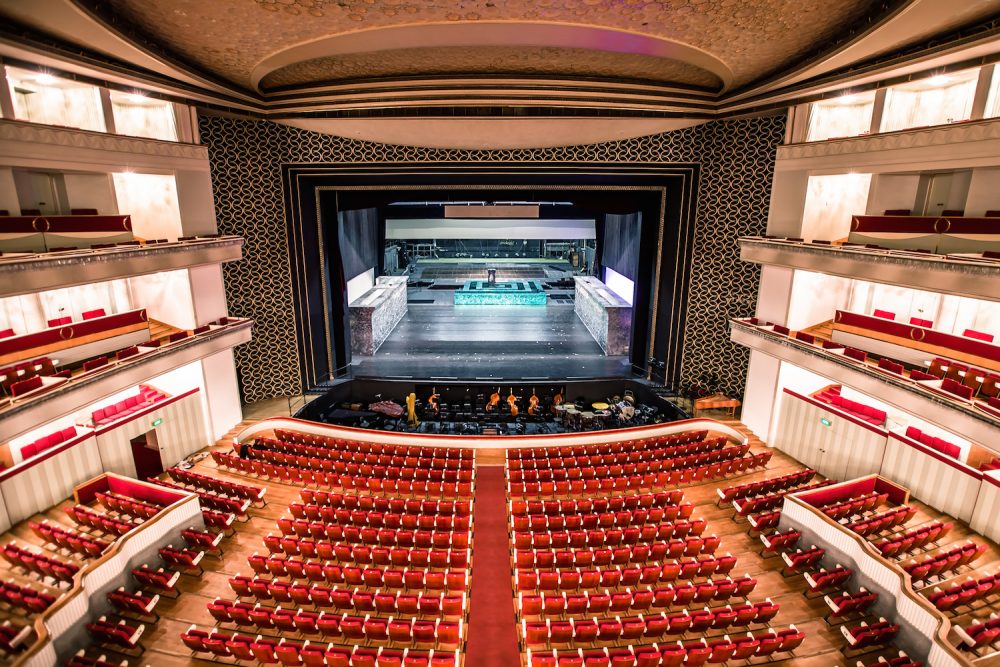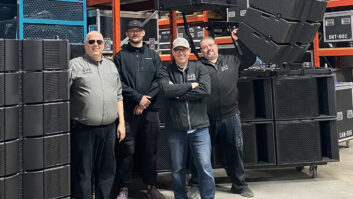
Unlike corporate environments, acoustic performance comes high on the list when it comes to designing concert halls and auditoriums. But, reports Erica Basnicki, the process of balancing different stakeholders’ interests isn’t always straightforward.
Work is under way to create a new concert hall in London: a home in the heart of the city for British conductor Sir Simon Rattle and the London Symphony Orchestra, and a centre for music that everyone can enjoy. New York architects Diller Scofidio + Renfro have been appointed to lead the project and are beginning work with acousticians and a host of other consultants to create a truly world-class space in which all the subtle nuances of music can be experienced.
This is exactly the make-or-break point for this kind of project. When it comes to getting a brand new auditorium sounding its best, the initial design process is as important as – if not more important than – any technology that will ultimately find its way into the space.
“Everybody says ‘we were brought on too late’, no matter what you do, whether it’s the construction, the plumbing or the audio,” says principal consultant, project and product management at RH Consulting, Roland Hemming. “But of course you have this challenge: you can’t bring everybody on board right from the start or else you have meetings with a hundred people. Inevitably you have to start a project with a small number of experts. One would hope if the project is specifically for concerts then at a very early stage you would have an acoustician in.”
A concert hall is a complex system that involves many factors that a normal room doesn’t involve
João Ferreira, Vicoustic
If improving the acoustic performance of a new auditorium or concert hall has common ground, it’s here: getting architects, acoustic experts and the system designers together as early as possible. The sound system and the acoustic design are inextricably linked.
“Room acoustics play a big role in sound system design, as they define the size and type of loudspeakers needed,” says Michał Popławski, technical sales manager, Europe for Renkus-Heinz. “In highly reverberant spaces there’s a need to control the sound in the vertical plane and aim it directly at the audience. The aim is to achieve the highest possible intelligibility. In rooms with short reverberation times, the choice is more flexible and a more traditional solution – like point-source loudspeakers – would work as well.”
It may come as a surprise that the interlinked disciplines don’t come together sooner, but the reason for that, explains L-Acoustics’ application engineer Julien Laval, is one of perspective: “The acoustics are assumed to be part of the building, so it follows the building workflow. The electroacoustic side is following the equipment workflow… It’s difficult to imagine how this can be unified.”
The influence works both ways, with a sound system making the acoustic design easier in terms of sound distribution, according to Vicoustic technical director Gustavo Pires. As well as developing an array of acoustic panelling for home, studio and commercial buildings, Vicoustic offers clients professional acoustical support for projects ranging from home studios to large commercial venues.
“In a non-amplified concert hall you need to find ways to amplify the sound by passive design so that enough energy reaches the back of the concert hall. In a space with an amplified system, you have to match both systems: you have the passive acoustics given by the concert hall itself and then you have the loudspeakers that you’re going to put in your space,” Pires explains.
Having a sound system may make the acoustic design task easier, but it is still not easy – not for a space dedicated to the appreciation of sound. “A concert hall is a complex system that involves many factors that a normal room doesn’t involve,” adds Vicoustic’s acoustic consultant João Ferreira. “If you’re talking about music, you want to feel ‘involved’ with the music when you go to a concert. You don’t think about being involved by the music in any other room. There are a lot of subjective acoustic characteristics that you want to achieve in a concert hall, which is unique. When you go to a space like that, you want to experience something different, and to experience something different you need to design it properly so people enjoy the whole experience.”
The acoustic consideration penetrates through to the heart of the auditorium. How well does the shell control environmental noise? What HVAC system is being used? Naturally, the actual purpose of the space is taken into account as well: market pressures tend to dictate that a venue be able to accommodate everything from speech performances to modern rock concerts and so the final acoustic solution will likely be a compromise between all.







